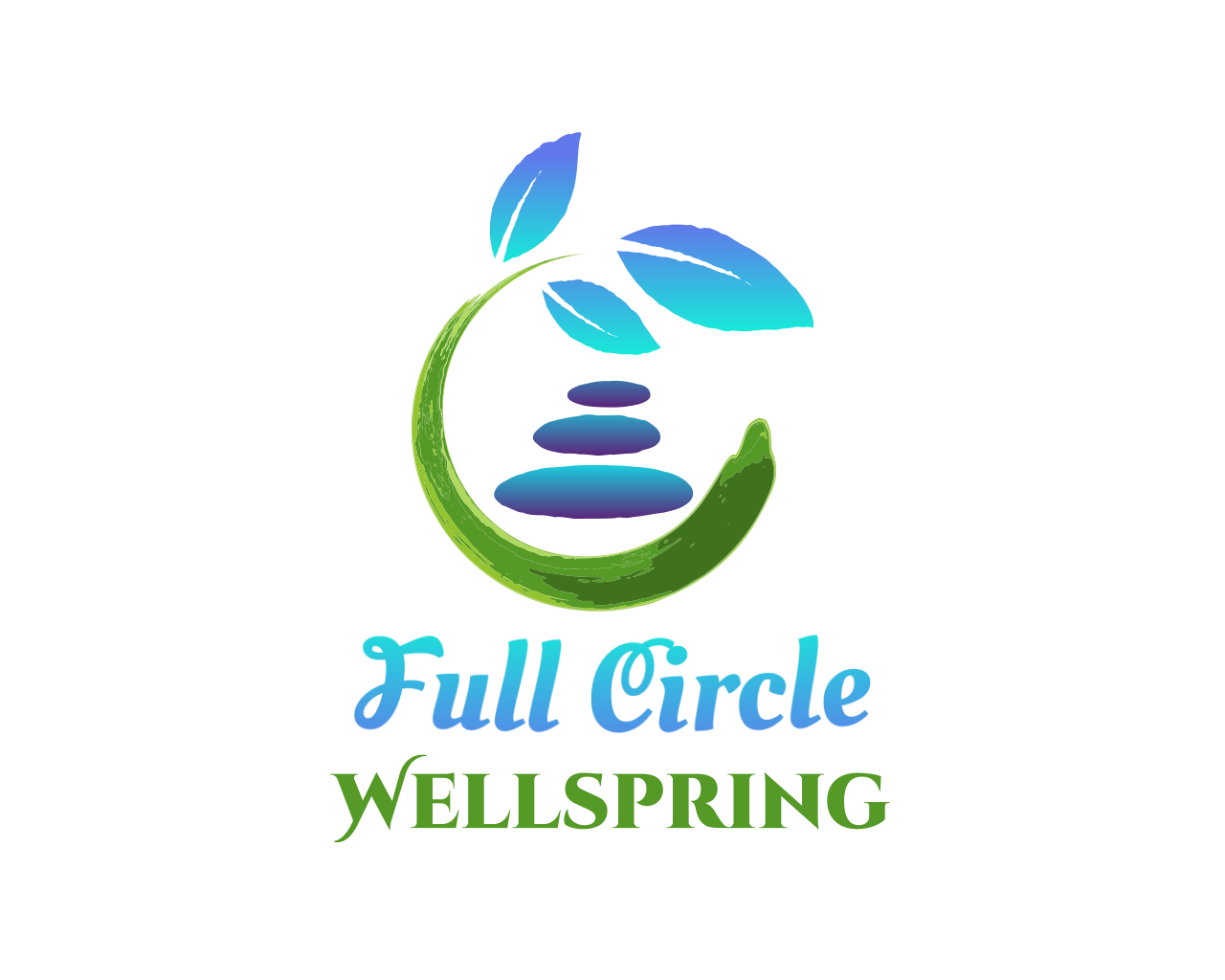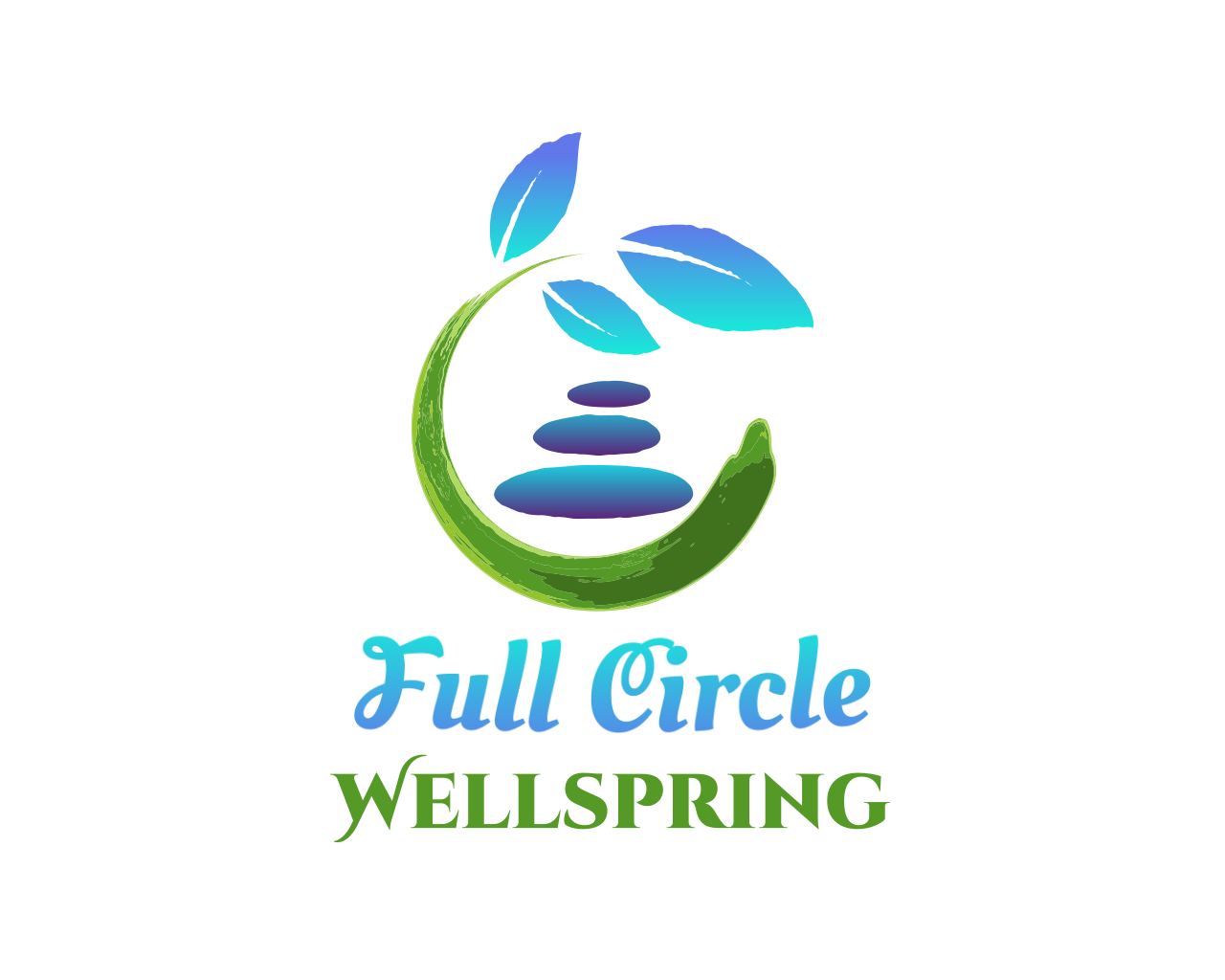Wellspring Wednesdays|Week 6: Four Fs
*Author Note* If you prefer to listen or watch instead of or along with -
Check out the YouTube video and/or the Podcast audio.
The title is a trick subject because as you’ll see there are more than four Fs when it comes to trauma and the nervous system. It is still called “the four Fs” in psychology though, and I bet you’ll know at least two of them. The 4Fs are the main stress response types of mammals. I think it’s important to understand each of them and to be able to recognize which ones you generally have used in traumatic situations and use currently during a trauma trigger reaction. With this knowledge, you can begin to realize when you are going into a “4F response” and learn how to calm yourself during the event, as well as perhaps start to pinpoint what prompted it. This is great inner wisdom to know about yourself, I find.
In basic terms - inside your brain, you have an amygdala whose job it is to watch out for danger. When a danger is perceived (whether real or not), the amygdala sends a message to the brain’s hypothalamus to start turning on the engine for the autonomic nervous system (the ANS). The ANS then kicks your heart rate up, speeds up your breathing to get more oxygen to your muscles (or holds your breath in certain responses), dilates your pupils to let in light to see better, makes your blood thicker to help with clotting in case of injury, causes sweating due to the increased heart rate to try to cool the inflamed system, and a few more things.
All this happens to save your life. Full stop. Your brain is trying to save you from what it thinks is danger. Even if you recognize there isn’t danger, your logical mind will begin to slow the system once you tell it it’s safe, but you probably notice that you are still activated in your body. It takes a bit to calm down all the areas that heightened in preparation for the danger. If there is a real threat to your life, this ANS activation is what gets you to react quickly to jump back on the sidewalk if a car is coming at you, to slam on your brakes to avoid an accident, or to run away from a dog attacking you.
The main four Fs are called: fight, flight, freeze, and fawn. The fight or flight response is as old as human existence is. Run away or duke it out is what our ancestors did forever. In humans now, these responses have sometimes become normal ways of life in everyday circumstances to anything that may seem hard at all – not just fear of a true danger. For trauma survivors, your brain has suffered enough pain and anguish that it tends to imagine that anything COULD be bad, dangerous, fearful, strange, unfamiliar, unsafe, or uncomfortable. Your brain has adapted to learn to respond to things in these ways on a regular basis, sometimes no matter the reason. Like we learned in Monday’s mindfulness practice – a trauma survivor may have something as small as a familiar dangerous smell (like the cologne of an abuser) that sets them into a 4F trigger response, and they can’t even comprehend why.
For some examples, the fight response now could be asserting power over someone else or fighting inwardly with yourself rather than just wrestling a lion like our ancestors. The flight response could be any type of escape used to avoid conflict or potential danger, not just to run away when you are in it. This even translates to escaping into your own world of thoughts, or workaholic syndrome. Freeze is a big one because, in the mammal world, this shutdown response - based on the circumstance - is to either try to trick the opponent into thinking you are dead or to literally start shutting down your body in preparation for death. The freeze response may be dissociating regularly throughout the day or avoiding human contact altogether because you believe humans are innately dangerous to you. In trauma, the freeze response looks like the body shutting down for death – the heart rate slows and breathing slows because it is bracing to die. The fawn response is said to be the people pleasing response. In a traumatic event, this is the child who is trying to calm the people around them as to avoid the danger that they sense is imminent. In regular post traumatic events, this becomes a people pleasing perfection – which is a developed coping skill to try to keep everyone else happy, so they don’t become a safety risk. It’s born out of fear.
If you are a trauma survivor, you may have a hybrid of some of these tendencies. You may try to placate an aggressive situation that reminds you of an abusive father that you used to be able to calm with fawning, but you may completely run away from the first signs of deep connection with a friend because your brain remembers the way your siblings would use your vulnerabilities to manipulate and psychologically abuse you.
There is so much to say on this topic really. I tend to find anything related to human personality and characteristics fascinating. If you are interested to know your 4F type but are struggling with the self-introspection to do so, I’d love to help you support you in learning more about these and getting to know your responses and reasons behind them.
I also like to add more Fs to this conversation because I believe there are also stress responses like: Fix (akin to doing and helping), Function (just keeping on going in the system of your inner world), Feel (stopping and feeling the stress and healing it), Flow (finding rhythm in your chaos and moving through it), Follow (looking to authority for cues of how to respond), Flop (related to flight escape, turning inward to laziness and couch potato lifestyle to avoid life), Forget (repressed memories can lead to inability to even recall daily stressors), Force (just pushing on pretending that you aren’t stressed), Fun (seeking adventurous ways to release your activation), and Forgive (using the triggered moments to recognize where the activation came from to forgive your trauma for causing it).
There is a lot to explore here and even more to discover about your inner world. If you need help navigating that, shoot me a message on the “Connect” tab of my website, or check out the “Work with Me” tab to see if coaching is right for you. Knowing your body and brain’s response choices is helpful in figuring out where your trauma response came from, unlocking ways to calm your activation, and finding some freedom from these triggers.

